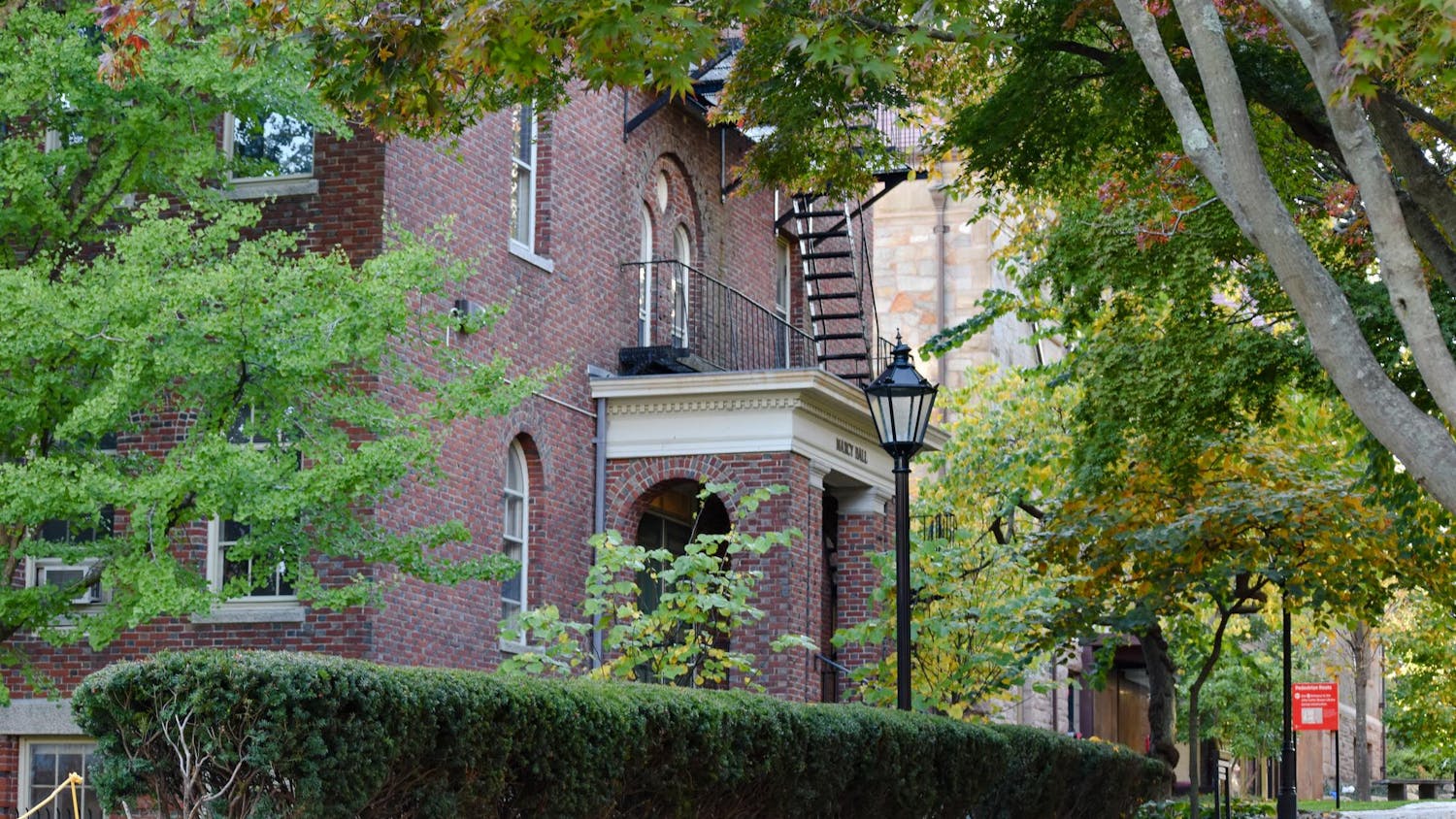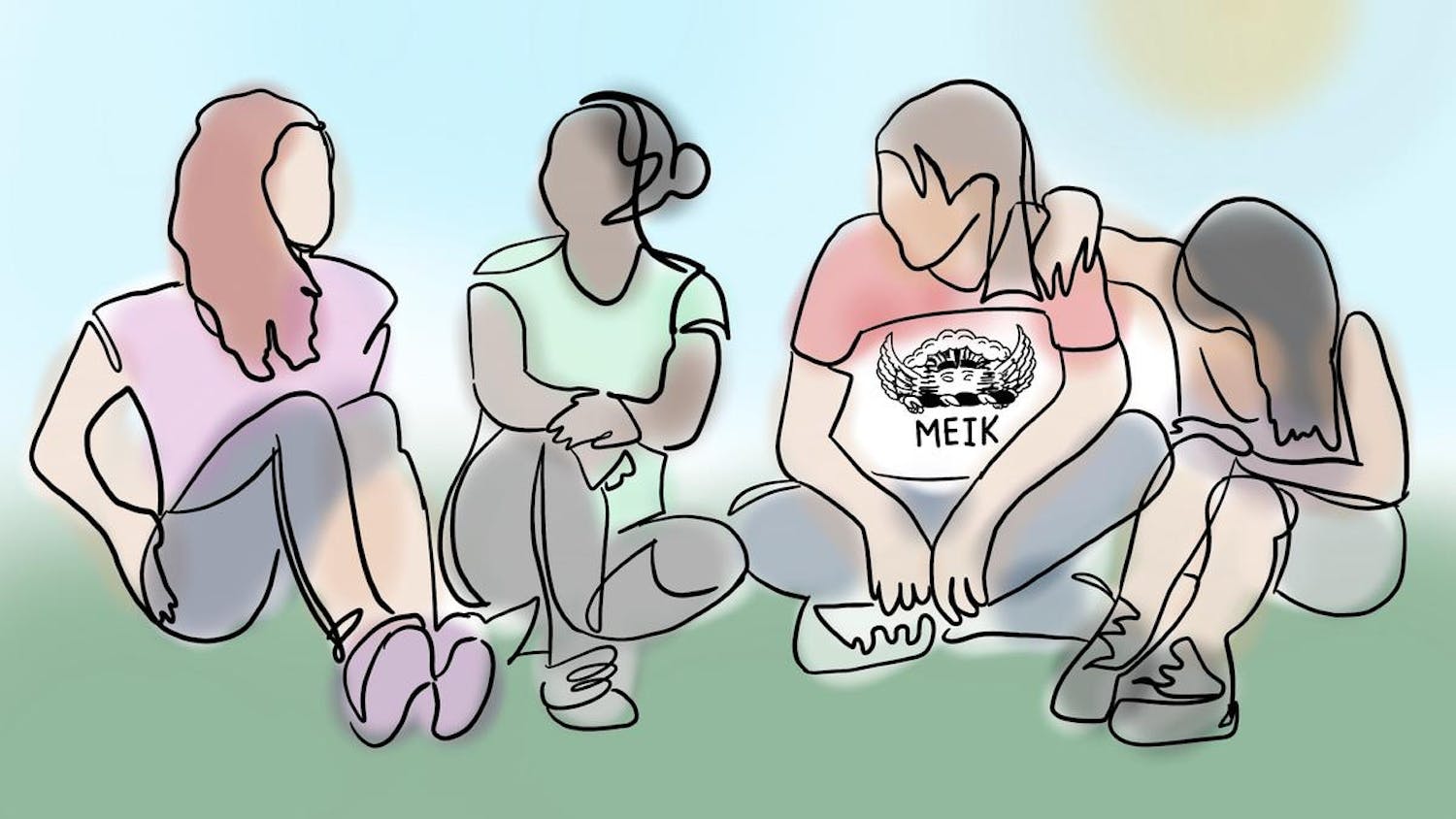Forty-three percent of Brown undergraduates reported heavy episodic drinking in the two weeks preceding the administration of a survey by the Office of Campus Life and Student Services during the last academic year - a figure that exceeds national averages.
In November 2011 and March 2012, a total of 2,526 undergraduates were anonymously polled online - a 42.7 percent response rate, said Frances Mantak, director of health education.
"We surveyed all undergraduates in two separate groups, essentially 50 percent in the fall and 50 percent in the spring," Mantak said. "We were careful to avoid spring break and Spring Weekend."
The survey used the common national measure for defining heavy episodic drinking, or binge drinking, which is "five or more drinks in one sitting," Mantak said. "That's the threshold where we see problems occurring."
Brown fell in the middle of the pack when compared to five peer institutions, Mantak said. Though many other universities conduct similar student surveys, only five released their binge drinking numbers to the University, she added.
But Mantak noted that the University's numbers are "higher than national average rates" according to statistics from the National College Health Assessment conducted by the American College Health Association.
Margaret Klawunn, vice president for campus life and student services, said this finding was surprising. "Two weeks ago, we would have told you our binge drinking rate was about national norms," she said. "We have to pay attention to college students around the country, and we're a little high for episodic drinking."
But the survey also reported that one in five Brown undergraduates does not drink at all, Mantak said. "That's consistent with not only national data, but with lots of other surveys that have been done on Brown students," she said.
Klawunn added that the survey found older students were more likely to report episodes of heavy drinking. As students progress through college, they tend to have more drinks in any given night, the survey reported, though "we tend to see reports of alcohol transports to be exclusively first-year and sophomore students," she said.
"Of people who drink, 39 percent have had a hangover, 35.2 percent had less energy or felt tired, 33.7 percent reported saying or doing embarrassing things," Mantak said. "Not being able to remember long stretches of time was at 11.4 percent."
The survey was conducted as part of the National College Health Improvement Project, a collaborative effort started by Dartmouth's former president Jim Yong Kim '82. The University joined last fall, and the project now includes 32 institutions across the country, Klawunn said. The Center for Alcohol and Addiction Studies also helped with the survey, Mantak said.
"There was a lot of flexibility for universities to do what they felt was the right fit," Mantak added. "One of the items that we identified early on that we thought was important to do was a survey to get a baseline data about our students' alcohol abuse."
The University only has a "limited amount of the results right now" because "there were a lot of things to look at," she said.
Mantak said the University will release more reports after additional data analysis.
"We are going to be having conversations with the alcohol subcommittee, with Residential Council, maybe with (the Undergraduate Council of Students), to get more information from students," Klawunn said.




